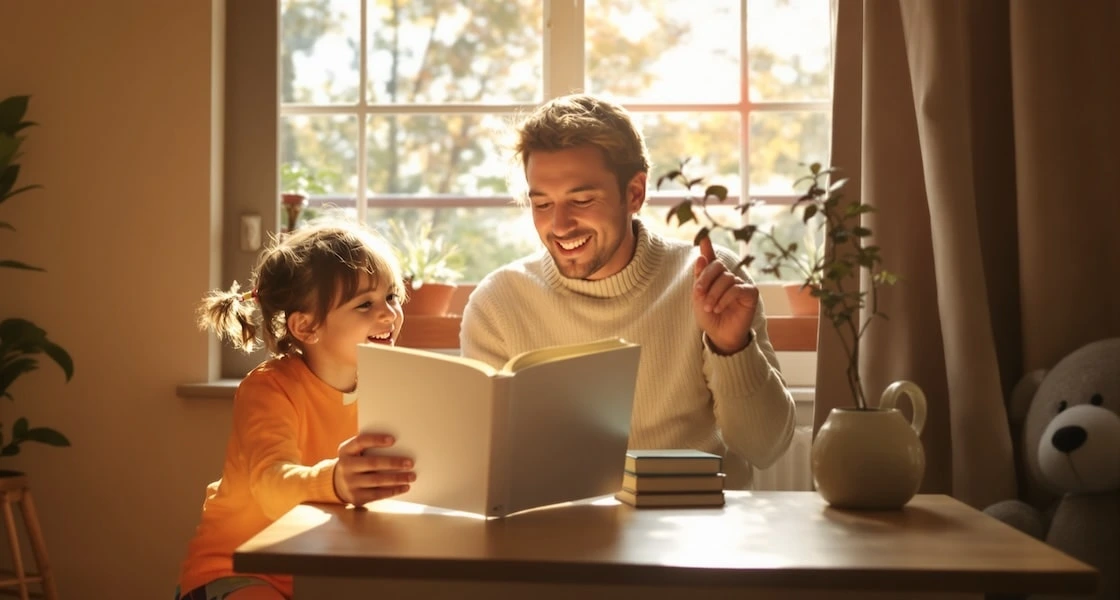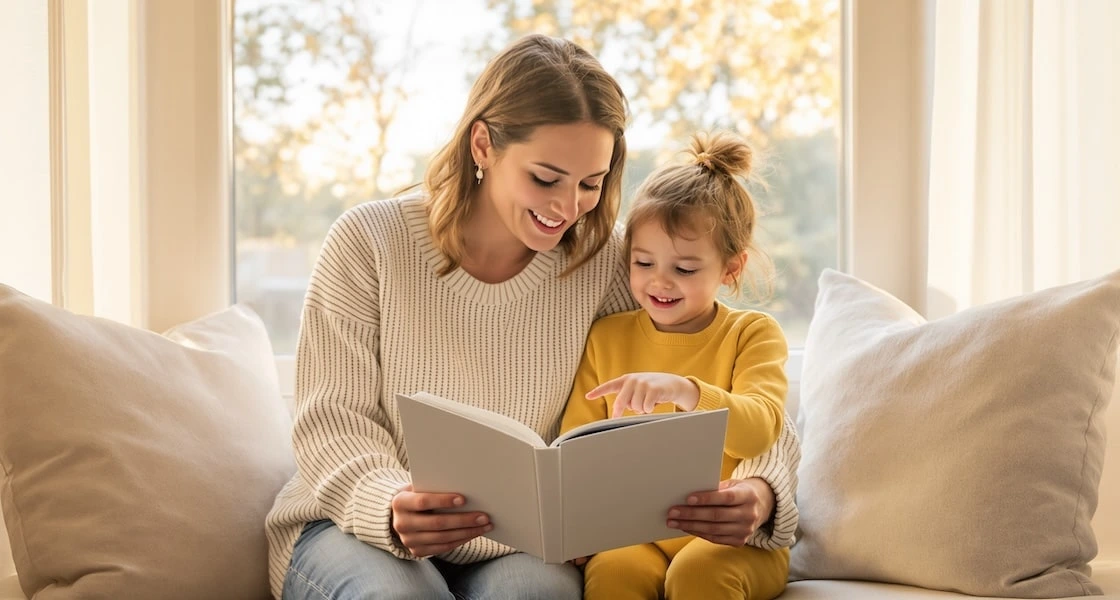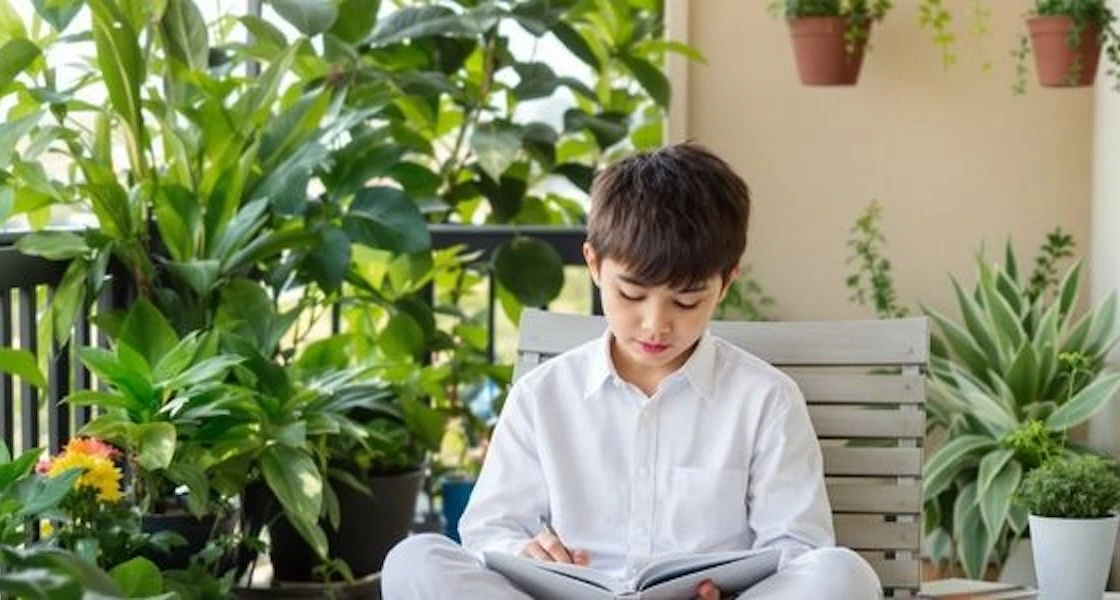Giftedness can arrive hand in hand with real challenges. These contrasts are often signs of a twice exceptional (2e) learner: a child who is both gifted and navigating learning differences. The uneven mix can feel confusing at times, but it’s also what makes these children uniquely remarkable. A twice exceptional checklist provides parents with a simple way to spot patterns and advocate for balanced support.
Recognizing both strengths and challenges helps you create learning experiences that honor the whole child. Finding supportive environments makes a big difference. Outschool classes for gifted learners are one way families can create that thoughtful balance of challenge and understanding.
What does it mean to be twice exceptional?
Twice exceptional (2e) learners are children who are both intellectually gifted and face learning challenges such as ADHD, dyslexia, or autism. These learners often show a paradoxical profile: excelling in some areas while struggling significantly in others. This uneven development, known as asynchronous development, means their intellectual, emotional, and social growth progresses at different rates.
Recognizing and supporting this dual profile is important. Too often, a child’s challenges can overshadow their talents, and children with learning differences are not recognized for their gifted profile. A practical twice-exceptional checklist provides families a roadmap to identify patterns, advocate for tailored support, and nurture their child’s whole self.
Twice exceptional checklist: Self-check for parents
Consider this checklist a reflection guide rather than a test. If you notice many of these patterns in your child, it may be a sign to seek extra support or consider a professional evaluation, always with the goal of helping them feel understood and supported.
Cognitive & academic
- Rapid grasp of abstract ideas or advanced reasoning
- Uneven performance: excels in some subjects, struggles in others
- Intense curiosity and questioning, paired with difficulty completing routine work
- Creative problem-solving and inventive thinking
Attention & executive function
- Distractibility or difficulty staying on task
- Disorganization and misplaced materials
- Struggles with time management and task initiation
- Hyperfocus on passions while avoiding less engaging work
Social & emotional
- Emotional intensity and heightened sensitivity
- Strong reactions to criticism or mistakes
- Mature conversations with adults, but difficulty connecting with peers
- Perfectionism leading to stress or avoidance
Sensory & behavior
- Restlessness, fidgeting, or constant movement
- Heightened sensitivity to sound, textures, or environment
- Uses movement or fidgets to self-regulate
Learning differences
- Signs of ADHD, such as impulsivity, forgetfulness, or difficulty sustaining attention
- Dyslexia-related challenges with reading, spelling, written expression or working memory
- Autism-related differences in social communication, flexibility, or sensory processing
- Coexisting conditions that affect daily functioning, like anxiety or processing speed
How to use this checklist
Now that you have this checklist, think about how it can guide you in supporting your child. Turn your observations into meaningful support that nurtures both their strengths and challenges.
- Document patterns: Jot down everyday examples of your child’s strengths and struggles so you have clear stories to share.
- Share observations: When talking with teachers or evaluators, start with your child’s gifts before explaining where they need extra help.
- Seek collaboration: Bring the checklist to meetings and use it as a tool to invite open conversations about supports and accommodations.
- Revisit regularly: Refresh the checklist a couple of times each year, especially during big transitions, so it always reflects where your child is right now.
When to do a professional evaluation?
There may come a time when the checklist and your own observations raise questions that require more in-depth answers. A professional evaluation, often by a psychologist or educational specialist, can provide a clearer picture of your child’s strengths and challenges.
This can:
- Confirm or rule out learning differences alongside giftedness
- Help you and teachers understand your child’s full learning profile
- Guide decisions about supports, accommodations, or enrichment opportunities
- Offer strategies that make daily routines and academics feel more manageable
Seeking an evaluation isn’t about labeling your child. It’s about opening doors to the right kinds of support. A thorough assessment provides valuable insights that can validate your observations, highlight your child’s strengths, and identify areas that require attention.
By seeking an evaluation, you’re also advocating for your child, making sure their needs and strengths are both recognized and addressed.
Twice exceptional checklist: Frequently asked questions (FAQs)
When you're trying to balance celebrating your child's gifts while addressing their challenges, navigating the world of 2e learners can feel overwhelming. These FAQs provide quick, practical answers to help you move forward with clarity and confidence on your family's unique learning journey.
What are the earliest signs that my child might be twice exceptional?
Look for a combination of advanced abilities alongside persistent struggles in specific areas. Your child might demonstrate sophisticated vocabulary but struggle with written expression, or excel in complex problem-solving while experiencing difficulty with attention or organization.
Trust your observations. If you notice this pattern of strengths and challenges coexisting, you might find it helpful to seek a professional assessment.
How can a 2e checklist help me advocate for my child?
A well-organized checklist transforms your observations into clear information that teachers and specialists can easily understand and utilize immediately. It helps you communicate both your child's strengths and needs, making it easier to request specific accommodations that support their learning and development.
Many 2e students are misidentified or don't receive appropriate support, so having documented observations strengthens your advocacy efforts.
Where can I find resources and support for 2e families?
Connect with organizations or local parent support groups that specialize in twice exceptional learners. Online communities and forums offer valuable peer support, allowing you to share experiences and strategies with other families.
How often should I update my 2e checklist?
Review and refresh your checklist at least twice a year, ideally at the beginning and middle of the year. Major transitions, such as entering adolescence or experiencing significant life changes, also warrant updates to the checklist.
Your child's needs and strengths will evolve as they grow, so keeping your documentation current helps ensure strategies remain relevant and practical.
What should I do if my child shows some 2e traits but I'm unsure?
Start by documenting specific examples of both strengths and challenges you observe at home. Share your concerns with your child's teacher or school counselor, and you may find it helpful to connect with a psychologist who has experience working with twice-exceptional learners.
Early identification and support can make a significant difference in your child's academic and emotional development. Remember, exploring your concerns is better than waiting and wondering.
Celebrating and supporting your 2e learner
Your twice exceptional child brings unique gifts and perspectives to the world, and with the right support, they can thrive academically and socially. The checklist you've developed becomes a powerful advocacy tool. Share it with teachers, specialists, and anyone working with your child to create consistent, strengths-based support across all environments.
As you move forward in supporting your child's unique learning path, the right educational fit can make all the difference. Outschool offers flexible classes for 2e learners, so every child can find what works best for them. These learning spaces can nurture their gifts and growth while celebrating what makes them uniquely brilliant.


.svg)
.svg)







